|
Friday, 19th March, we drove 30kms northwest of Riyadh towards Al Uyaynah village. It has been quite a while since we spent some time with our RDA diving buddies. We reached the Eye Park known in Arabic as Hadiqa AlAyoun by the locals at 8am. The park was empty, with only a few maintenance staff cleaning the area. Like most of the parks in Riyadh, the Eye Park is well maintained and clean. What makes it unique among others is that it is on top of a mountain with facilities provided for free. There are several concrete gazebos on top of the valley and there’s also three separate play areas for children. Inside each gazebo, there’s a fireplace which can be used for barbeque. Electric power outlets are available inside the huts which makes the place ideal for worry-free and convenient weekend gatherings. We also joined the birthday celebration of Faith, daughter of Kuya Roden and Ate Maria who were amongst our very first friends in Riyadh. Imagine halo-halo and freshly grilled burgers at the mountain top?! Awesome! At this time of the year before summer kicks off, being at the Eye Park has given us the best chance for clear mountain views, sunny skies and mild temperature. Since we arrived early at the place, we were able to take the best hut facing southeast overlooking the mountains surrounding Al Uyaynah and its main village. Our diver cum FPV enthusiast friends enjoyed flying their freestyle drones over the uniquely arid mountain landscape and sunny weather. It was also a delight to see big bikers following the trails around the valley. Spending time with friends is one of the few pleasures in this life that costs us nothing but rewards us substantially. Im glad I had the chance to share a Friday with my diving buddies, and kuya Roden’s family though not underwater, but up in mountain park.
0 Comments
Trip to the North Part 2 - The Sea, the Mountains and Roads of Tabuk We left Al Ula at half past 11am on 9th March. The drive from the small city of Al Ula to the quite popular Tabuk province of the north is simply breathtaking. It’s basically a long journey from the countryside, but then again there were miles and miles of desert sands before us until somehow it enters an area of outstanding geological wonders. The cliffs and rock formations along the way is absolutely spectacular in a variety of colors of red, brown, green, and grey, with highlights of glistening yellow as the sunlight hits them. Unlike the valleys in Al Ula, those surrounding Tabuk look stiff and pointed from the top, forming cones and triangular shapes of all sorts.
Up early the following day, we drove far north of Tabuk for shore diving at the Gulf of Aqaba which is at the northern tip of the Red Sea. Good to know that the same coastline is divided (or shared) by Egypt, Israel, Jordan and Saudi Arabia. There were some incomprehensible arguments at the coastguard office, but finally we were allowed to dive at 11am. We had all the diving area for ourselves so we easily set up our tents, ready to enjoy the sun and the sea. As per Eric and RDA’s account, the amazing visibility at Wasel site (King Abdullah Reef) was the best compared among all other parts of the Red Sea where we have done diving before. We thought the viz at Yanbu and Sharm El Sheikh were the topnotch, but this one beats them for sure. Sadly though, amidst colorful corals and epic viz, there were less fish and marine life in the site. Two dives at 135ft, an hour each at 15C water temp and we’ve ticked off Tabuk diving from our bucket list. We noticed a lot of signages and ongoing construction sites related to the $500B Neom project in the area. Neom is a highly ambitious planned cross-border city in the Tabuk Province of northwestern Saudi Arabia. We passed by another popular site - the Georgios G Shipwreck which is a 40-year-old Greek ship that got stranded near the city of Tabuk on the shore of Bir Al-Mashi in Haql. The trip back to Tabuk City took us almost 3 hours, due to quite a lot of detour/ traffic in the highway. Visiting the Tabuk Castle was first on our list on our third day. It was an open museum and with free admission. We were the only visitors at the fort that morning so we enjoyed our self guided tour at the simple, yet picturesque architecture of the ancient castle which dated as far back 3500 BC though known origin was from year 1559. We had several other museums and landmarks on our list to visit but most of them were closed either for renovation or due to COVID restrictions. So we opted to head back northwest instead to see the popular Moses Well also known as Bir Al-Sa’idani in Bad’a. It is believed that Moses frequented this well and settled with his wife in this place after he was exiled from Egypt. We then went to Madyan (or Midian), passing by the visitor center where the manager explained to us the historical significance of the areas surrounding Medyan and Maqna and how they are being protected and developed right now as valuable archeological parts of the Neom Project. As I have been interested and curious to know more about the Nabatean people and culture, visiting Madyan was definitely a plus to our tour. Also known as Mugha’ir Shu’ayb, Medyan is still mostly unknown compared to Jordan’s Petra and Al Ula’s Madain Salih, although it has some of the most beautiful monumental tombs typical of the architecture of the ancient Nabatean kingdom. After visiting the necropolis dug in the hillsides of the Jebel Mussalla, we drove farther west side on to Maqna (or Makna) to check out the springs on top of the Valley of Moses. It was a short trek up to the valley. Villagers say that Moses brought his people from Egypt through the Red Sea and when they asked him for water, they found the little springs where crystal clear water comes out of the ground in several places as if by magic. The spot is surrounded by beautiful palm trees and its water runs downhill towards a lush palm grove. 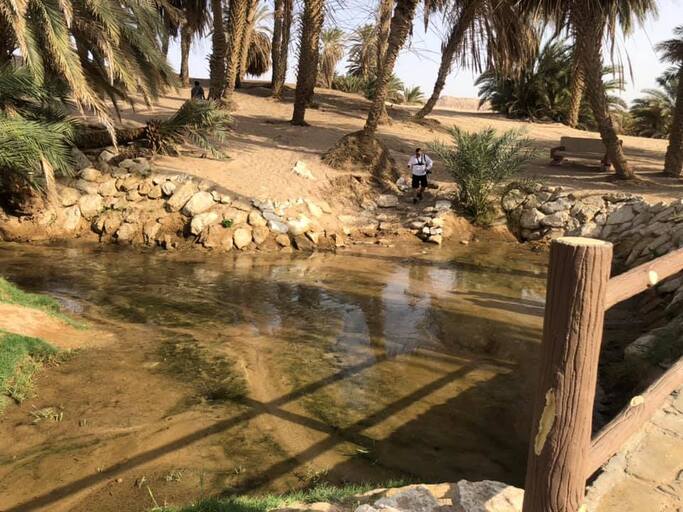 Springs of Moses on top of Maqna Valley. It was a short trek up to the valley. Villagers say that Moses brought his people from Egypt through the Red Sea and when they asked him for water, they found the little springs where crystal clear water comes out of the ground in several places as if by magic. The spot is surrounded by beautiful palm trees and its water runs downhill towards a lush palm grove. It was already late afternoon and we decided to head back to the city. It was delightful and serene to watch the sun slowly setting down to the west, painting the sky orange and red, and the mountains glimmering of yellow and brown hues. A hearty meal among Filipino friends at Western Road Steak & Grill concluded our third night at Tabuk City. Our trip to the north of Saudi Arabia was a much needed break. With all the covid related restrictions since last year, our family hasn’t traveled as much as we used to. And after traveling to almost 50 countries around the world, it is indeed surprising to discover hidden jewels of history, culture, and amazing sea and landscapes that Saudi Arabia has - all within our reach. Certainly though, seeing and knowing more about Saudi Arabia - its rich history, culture, people, geological wonders and even its future plans like the Neom project, makes me feel proud and humbled at the same time. To most people around the world, Saudi Arabia may just be a sandpit, a mere land of desert and oil, but for me and my family, it has been our second home and I will forever be grateful for the opportunities and privileges that this kingdom has given me. Trip to the North: Ocampo Fam Travels KSA Part 1- Al Ula Journey We were due for annual vacation in Philippines but due to Covid restrictions, we decided to stay in Saudi Arabia and travel north/northwest of the kingdom instead. We left Riyadh on Saturday, 6th March, at 6:30am. Our gps was set to Al Ula showing 1,070 kms on a 10.15hrs travel time. The girls and I were mostly asleep half of the trip, waking up at pitstops along the way. My husband and our dear friend RDA shared driving. We had our quick lunch at a small park along Qassim Highway. It was a smooth road trip on a perfect sunny day. As we approach the northern part of Al Madinah province, we were amazed by the gorgeous landscape of crazy beautiful rock formations in the high desert extending for miles upon miles in every direction and passing numerous small towns, most of which still retain a strong indigenous presence. We reached Al Ula past 7pm and bought dinner from one of the local cafeterias. There were neither big or fancy restaurants in the area and it was rather dark and quiet. It kinda reminded me of my childhood in the province where we used to have dinner at 7pm and sleep early during night time. The next day, we were up early for our full day itinerary. We have booked our tour tickets online beforehand through www.experiencealula.com. We arrived at the Winter Park at 8:10am as we were asked to be at the bus 8:20am. First Tour: Hegra Tour including Hejaz Railway Station and Mada’in Salih Fee: 95SAR/Adult Second Tour: Dadan and Jabal Al Ikmah Tour Fee: 60SAR Third Tour: Elephant Rock Tour Free Admission/ Need prior booking Note that a confirmed reservation is required to enter the Elephant Rock site. We were allowed to get in only at exactly 6pm as mentioned in our passes. In between tours, we grabbed coffee and quick bites at the Winter Park. There’s a Dunkin Donut branch and Burger King among few other local food stalls. We ended a long day with some local food from the city center. For our third day in Al Ula, we didn't schedule any pre-booked tours. We opted to drive around and discover more about the town by ourselves. We drove to the Maraya Concert Hall which is also known as Glass Building of Saudi but it was closed for renovation and we were not allowed in. We went to a citrus farm and the owner let us pick some orange and lemon fruits by ourselves. There were at least 10 different varieties of citrus in the farm and we had a blast picking and eating and of course we took a bagful home too. We strolled around the town admiring the unique, mesmerizing rock formations enclosing Al Ula. We drove up to one of the highest peaks along Al Madinah highway overlooking Al Ula town. With the echo from surrounding valleys, the girls enjoyed shouting their hearts out calling their KPoP idols and altogether doing countless BTS chants. It was definitely surreal being so up close to the majestic rocks and actually touching, and climbing some. On the fourth day, we got reservations for an early Al Ula Old Town Archeological Tour. We paid 70 SAR for each ticket. We took the bus at the Winter Park at 8:20am. It was a 1.5hr tour. Personally, I could say that the tour of the Al Ula Old Town was the highlight of our “experiencealula” journey. Not only because I have always been fascinated by history itself but exploring the mud houses in the old town made me appreciate the jewel that Al Ula is, and how it echoes with stories of the past, civilizations of old age, revolution and war, religion and beliefs, slavery and freedom, arts, primeval architecture and culture.
The numerous gates surrounding the previously existent village and the 40 meter fortress opened our eyes to the secrets of how this little town has adapted to changing times and developing perspective around it - of life itself and Arab traditions that circles around hospitality, family and also survival. |
HappinessMy happiness comes from the people who believe in me and inspire me every day. They are my strength.
Life is a beautiful, fleeting journey. Despite the challenges, I see beauty and miracles everywhere. Growing up was tough, but my Dad was my beacon of hope. He taught me to believe in myself and to embrace life's limitless possibilities. His lessons and spirit guide me still. I lost him years ago, but I carry his memory everywhere I go, hoping he's proud of me—as I've always been of him. I promised him I'd live life to the fullest. Now, I find joy in writing, traveling, and simply living, cherishing each moment. This, I believe, is something we all should embrace: finding happiness in every part of life. 
Archives
July 2024
|
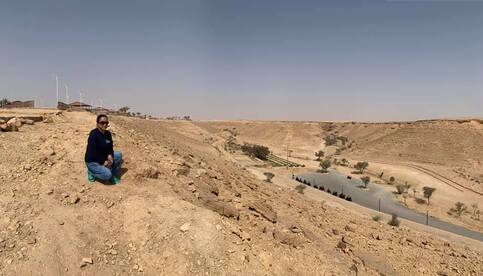
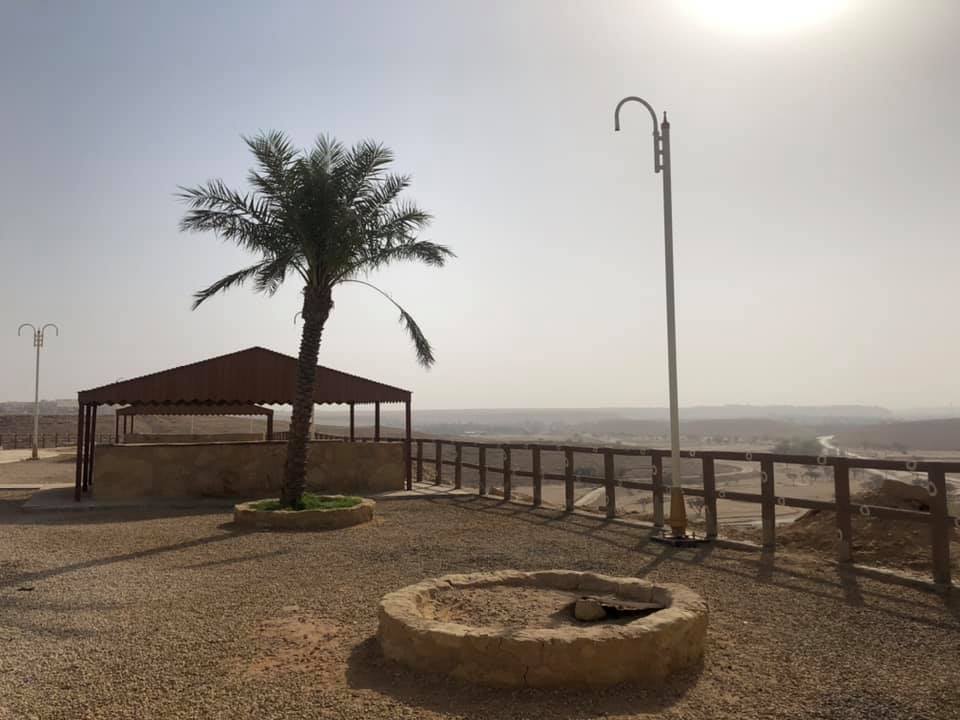

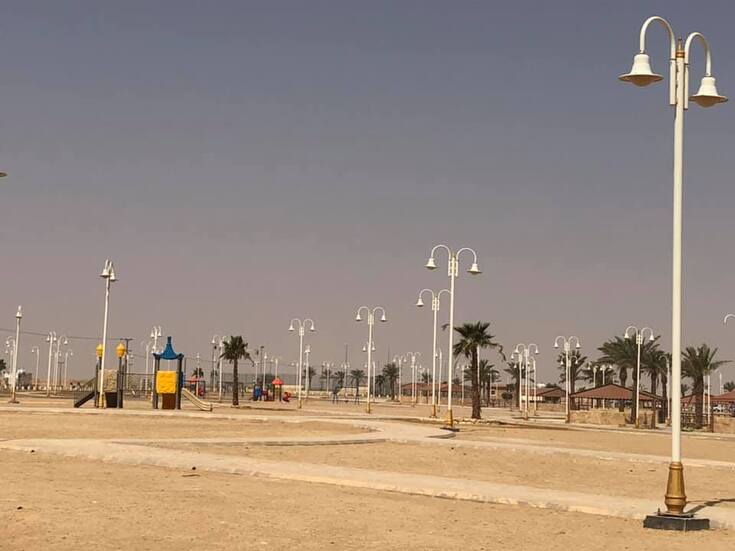
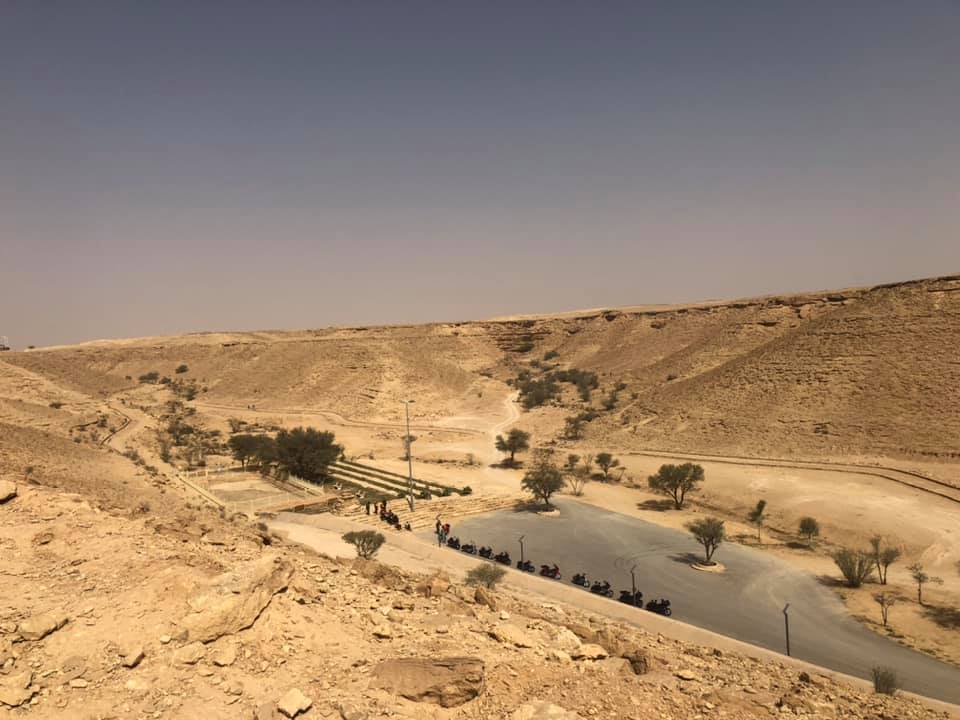
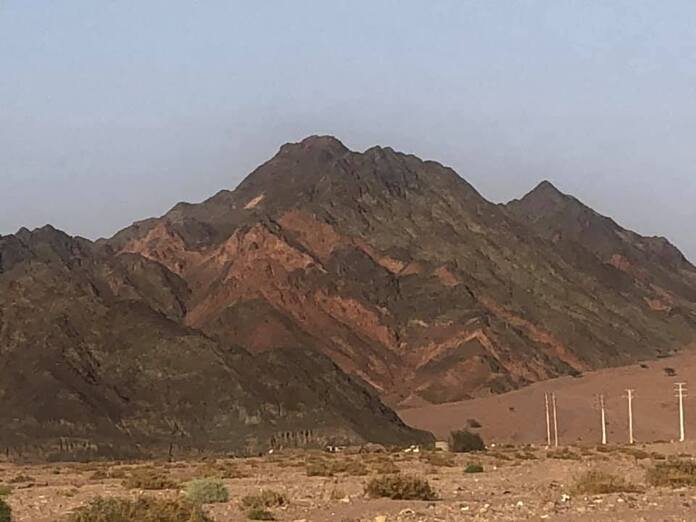
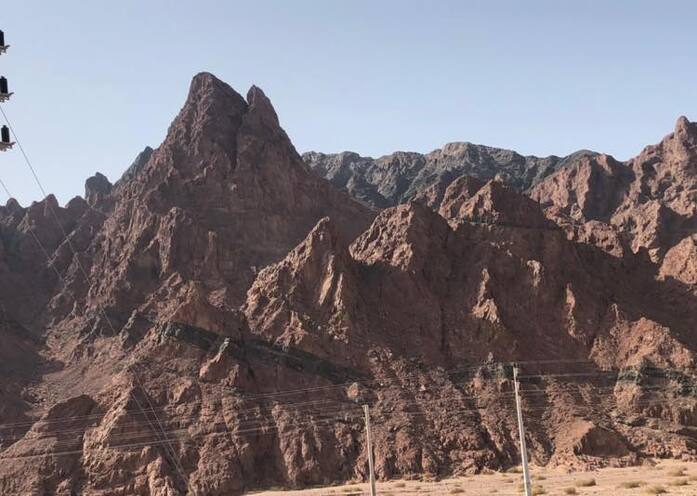
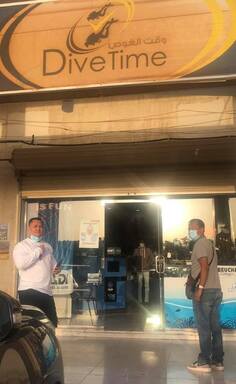
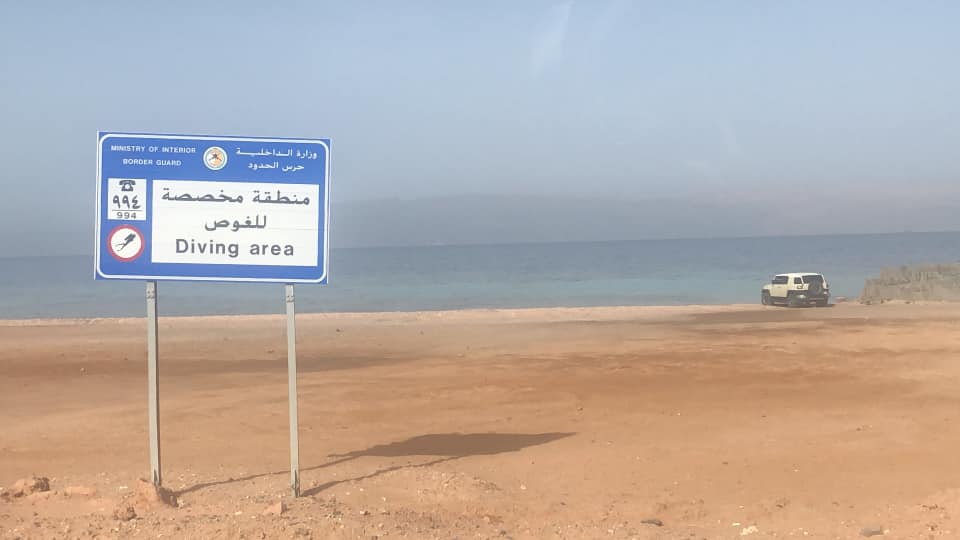
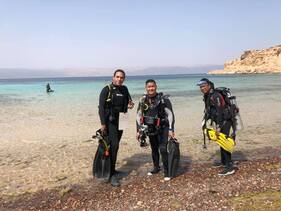
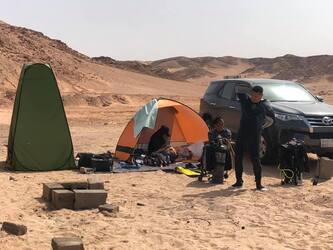
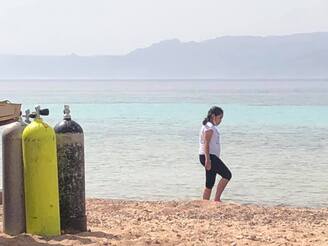
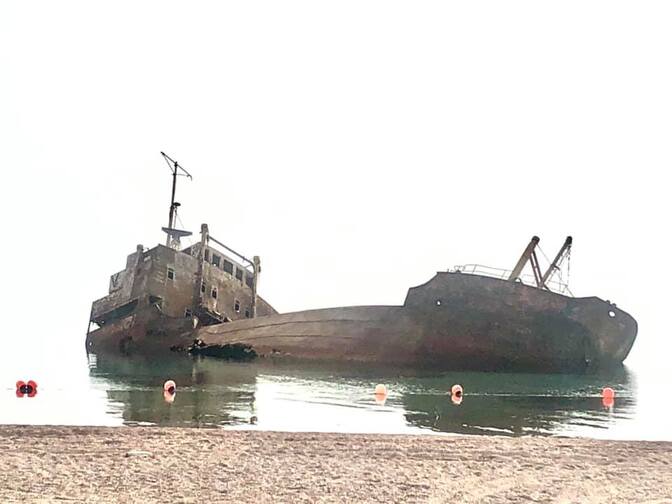
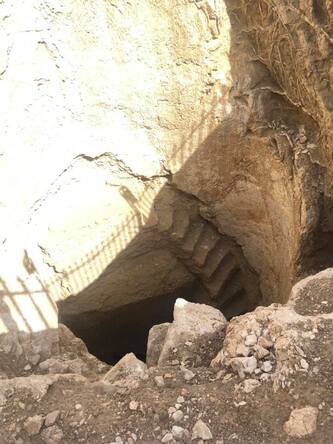
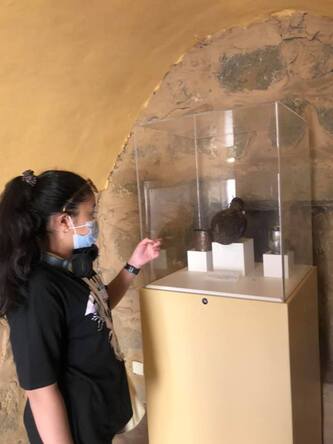
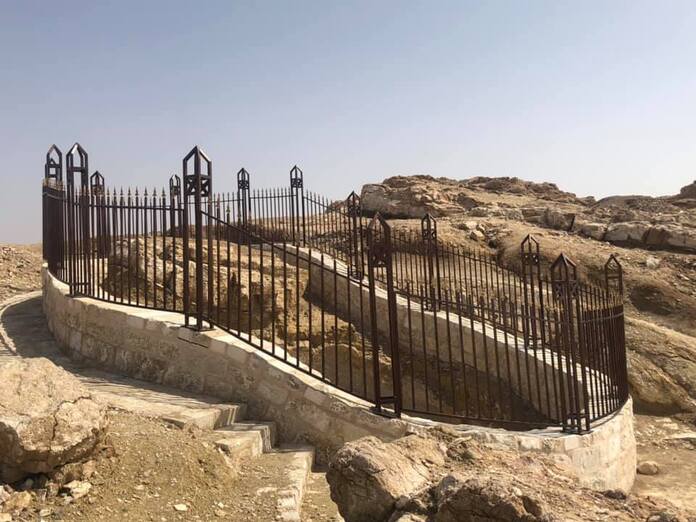
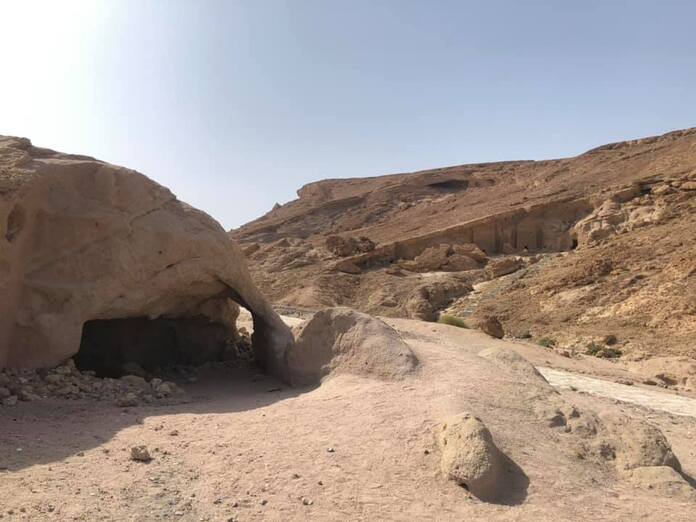
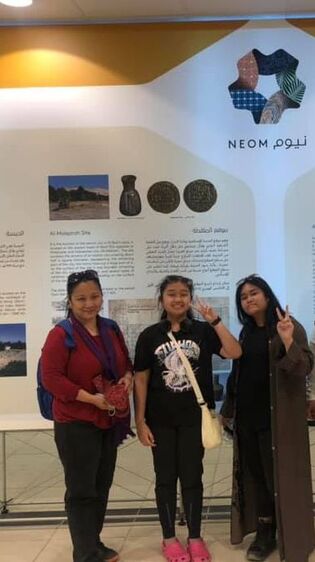
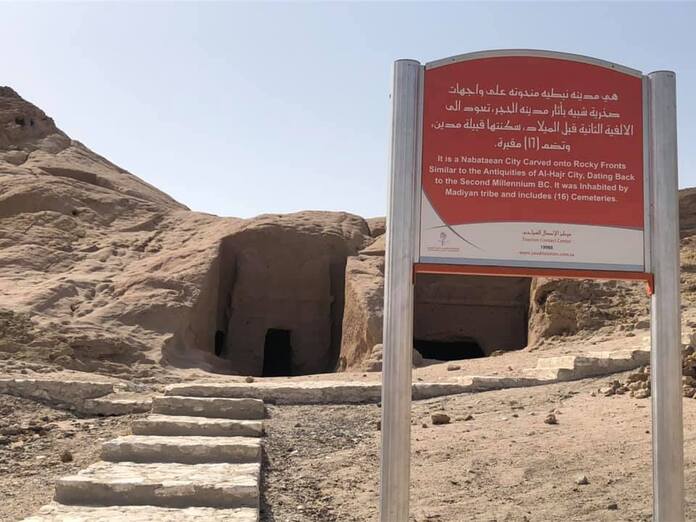
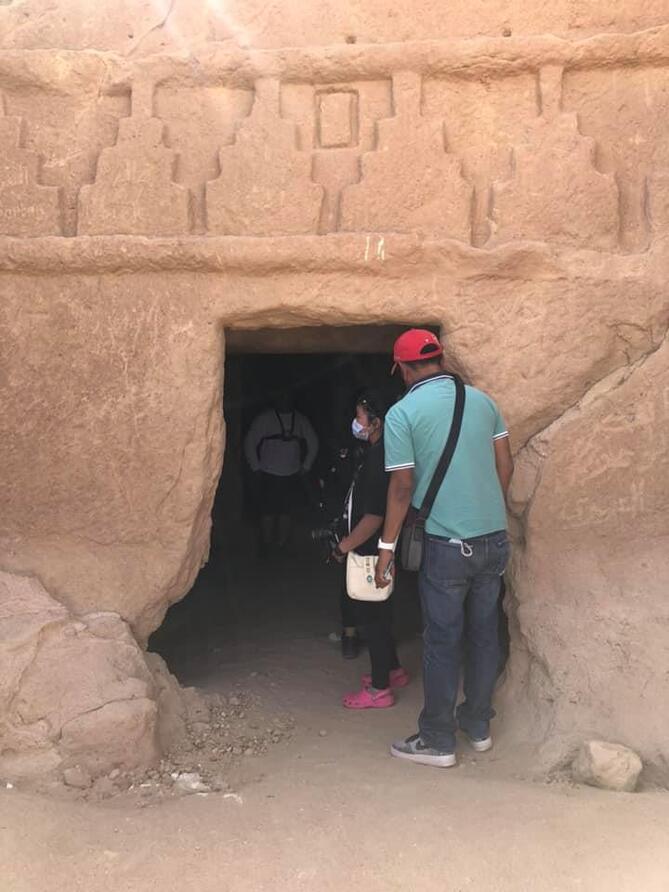
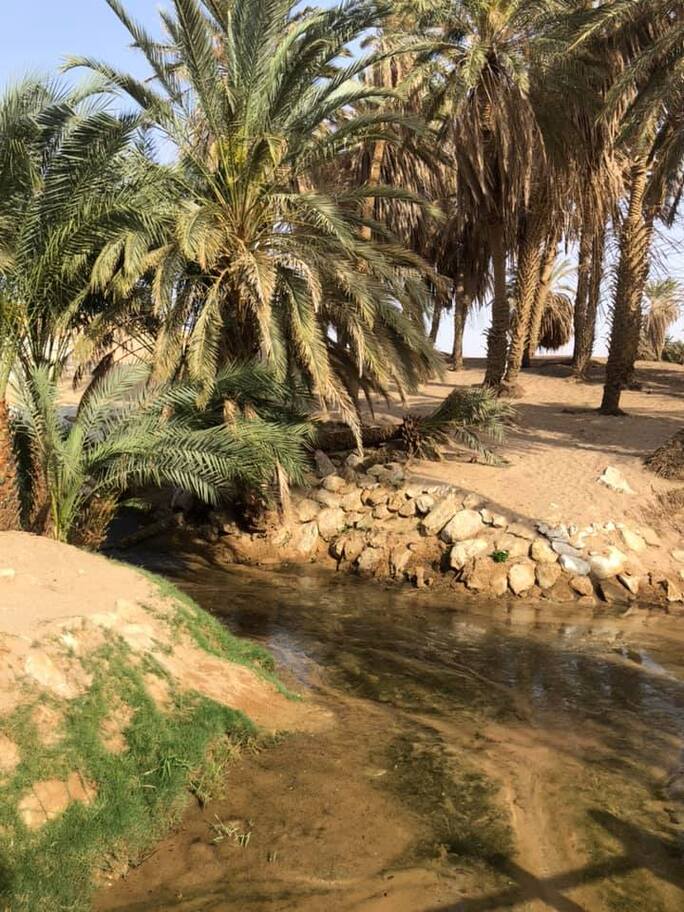
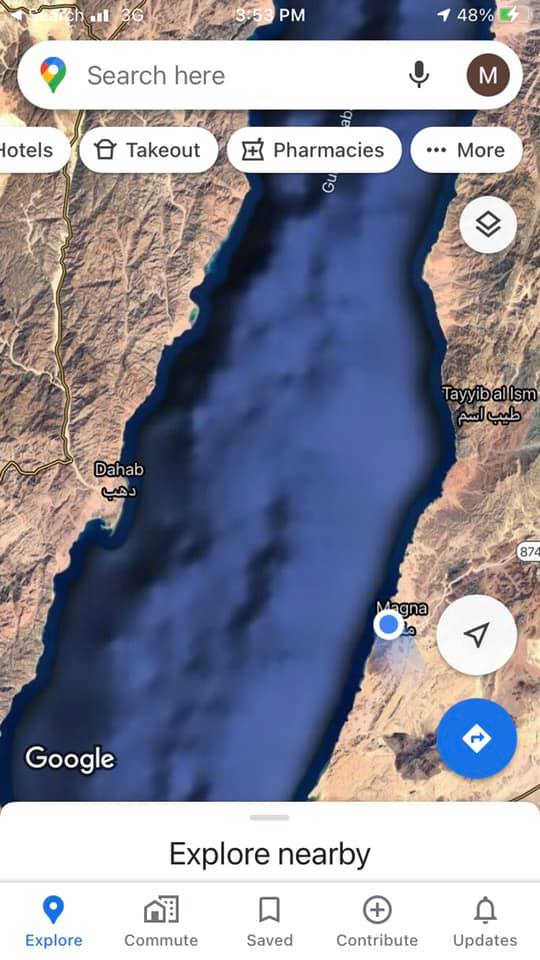
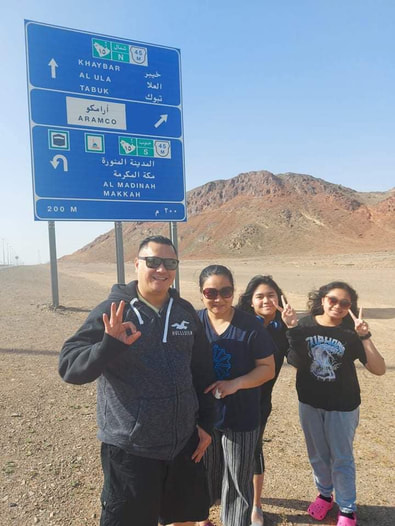
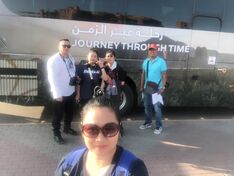
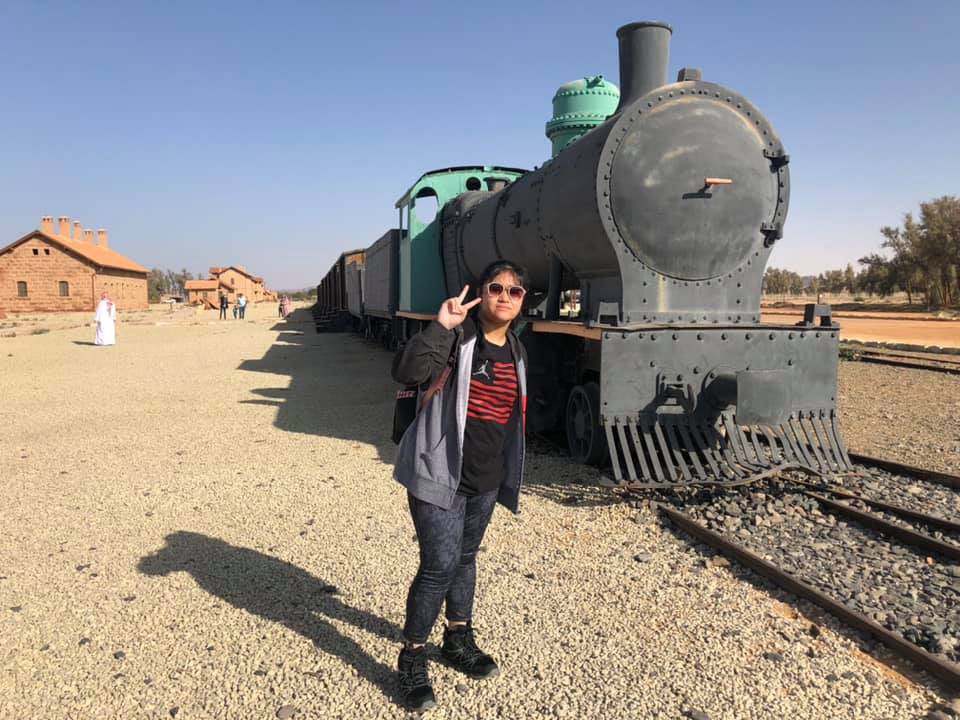
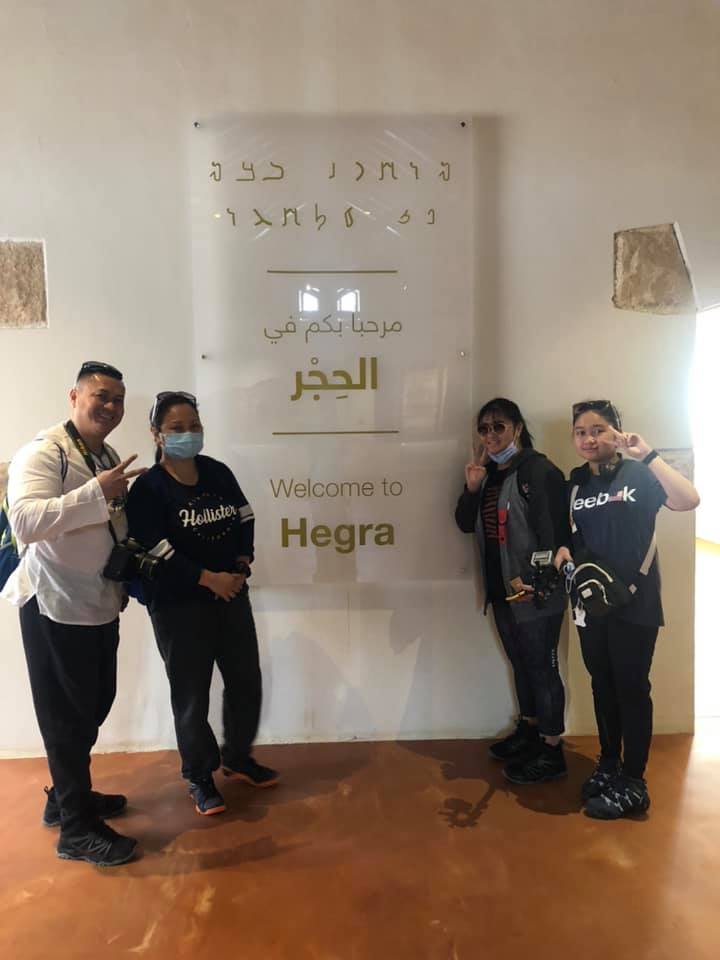
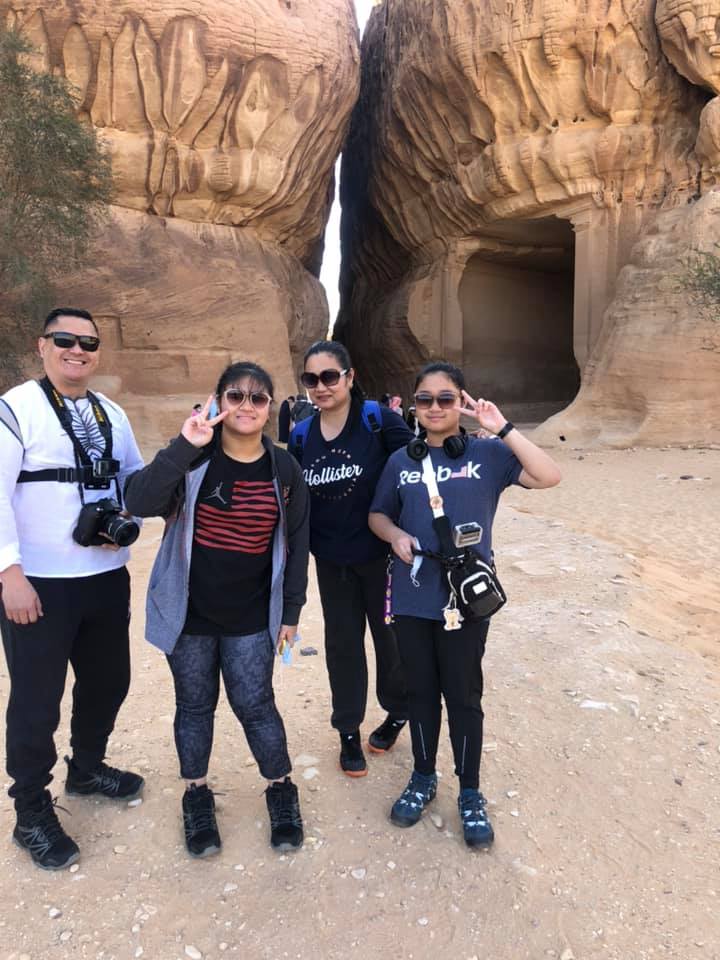
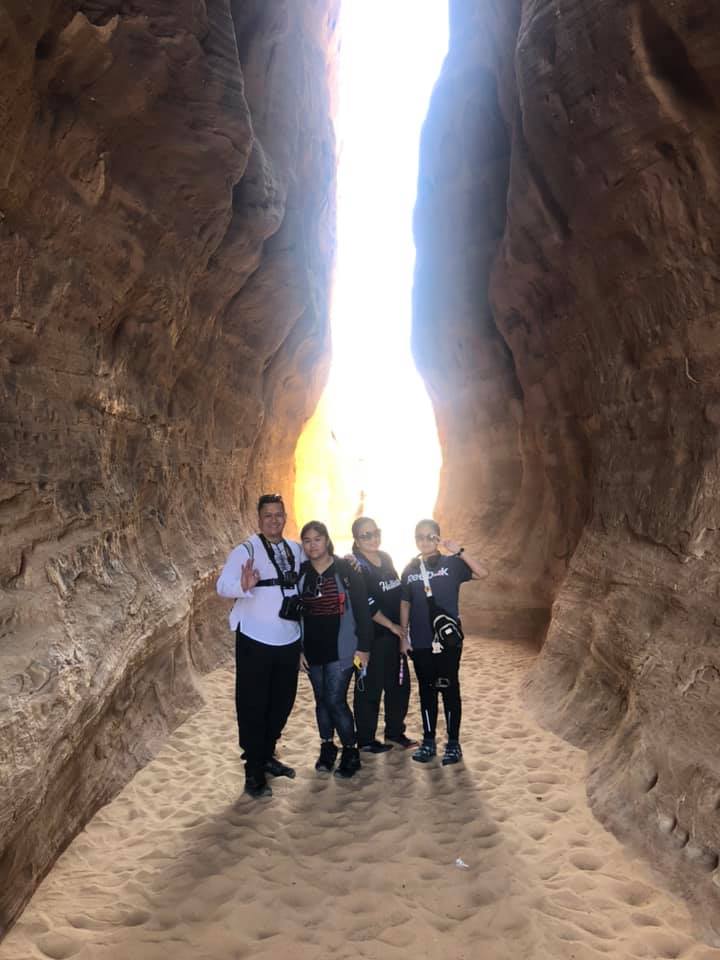
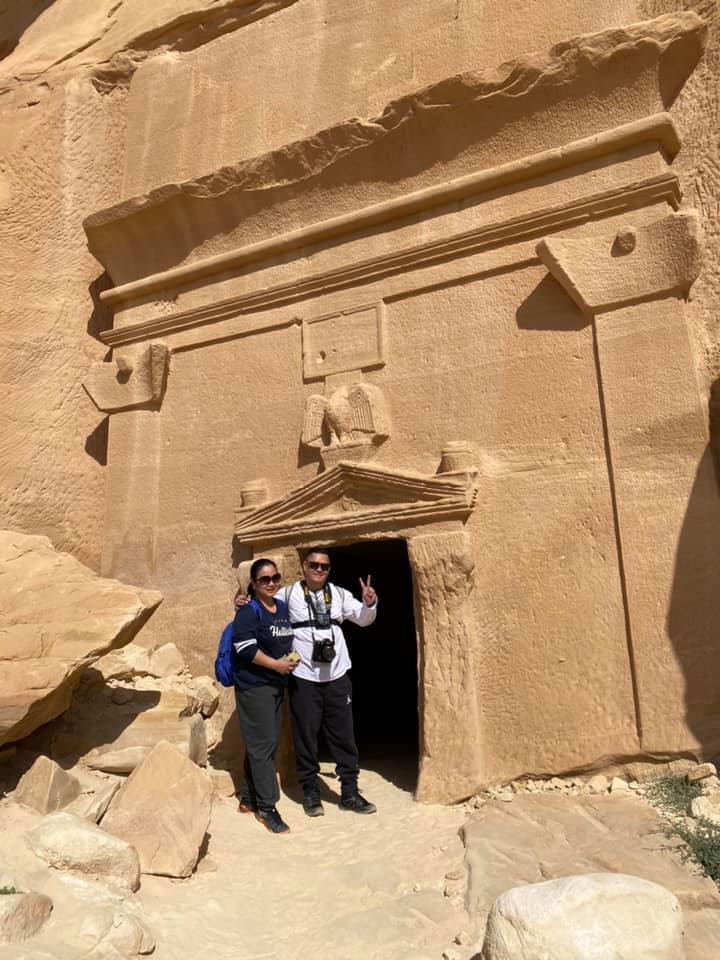
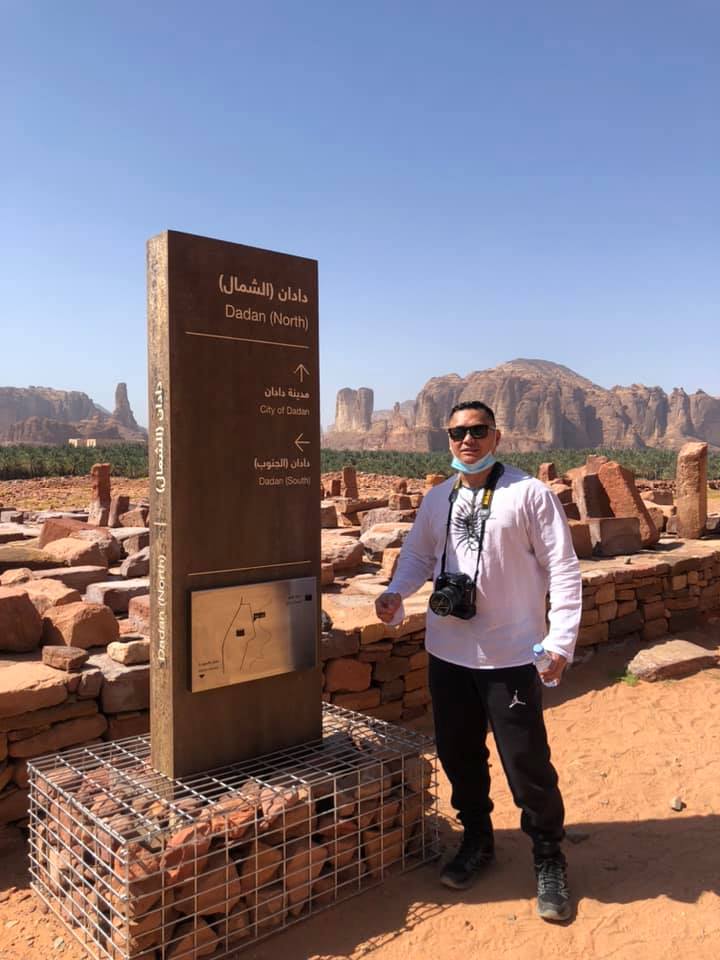
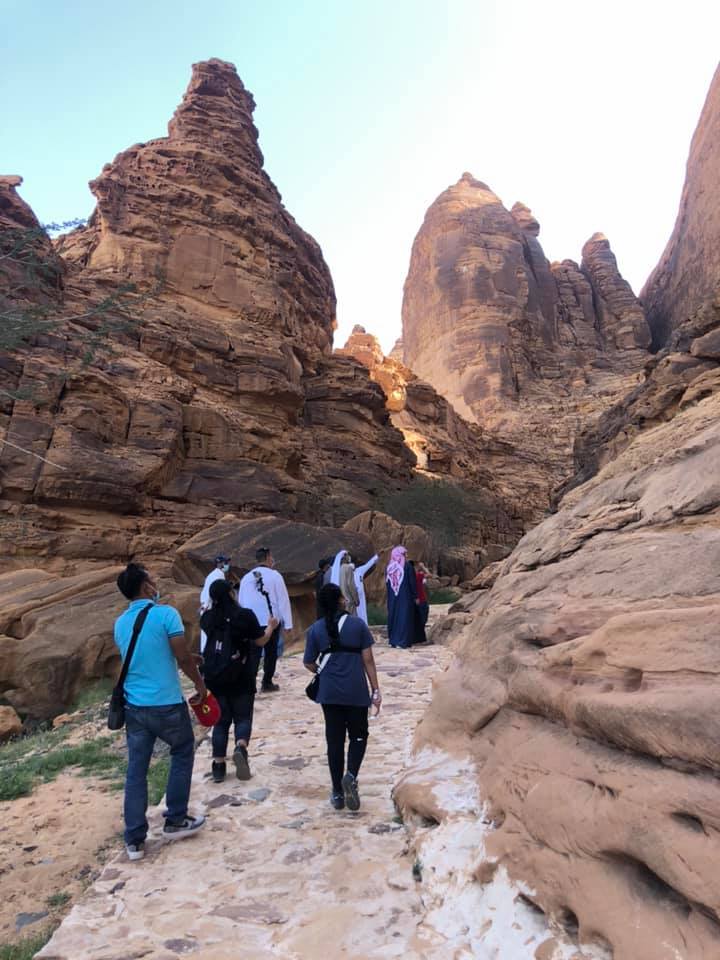
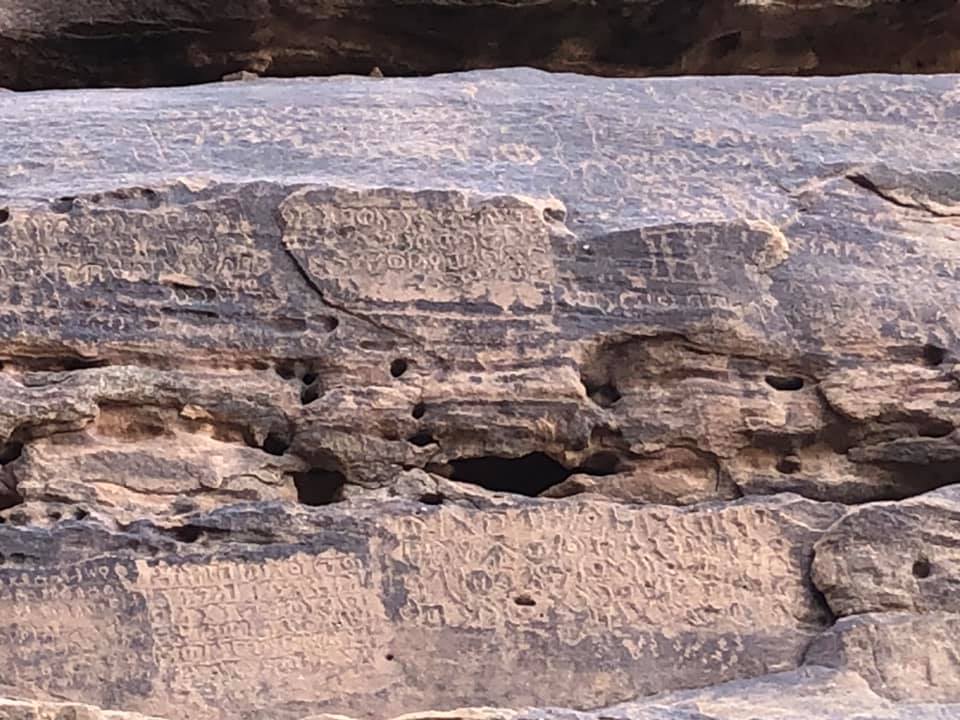
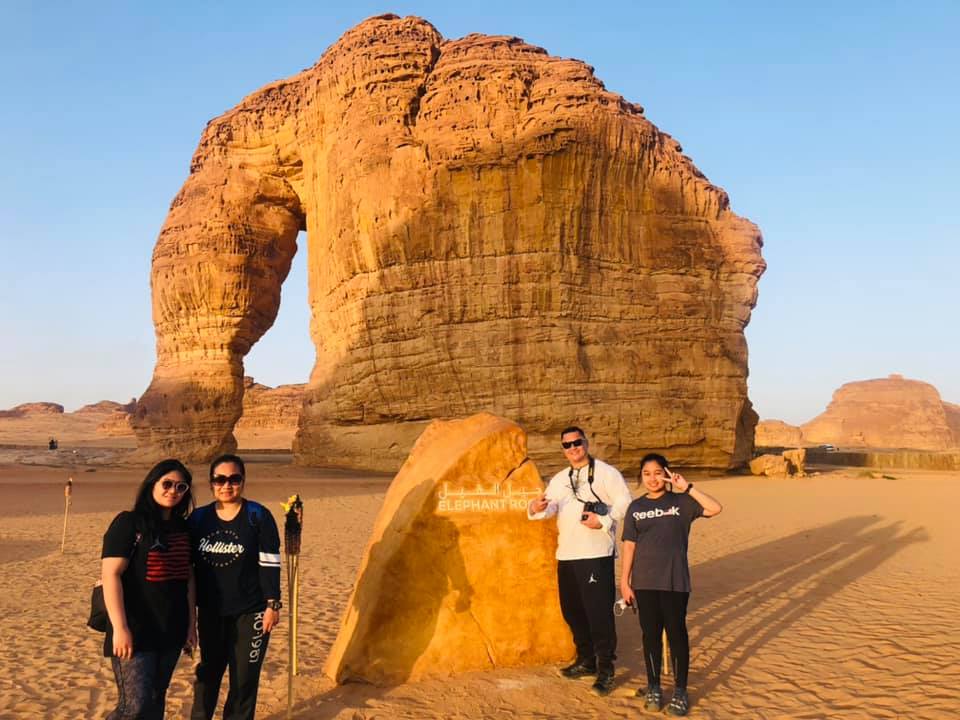
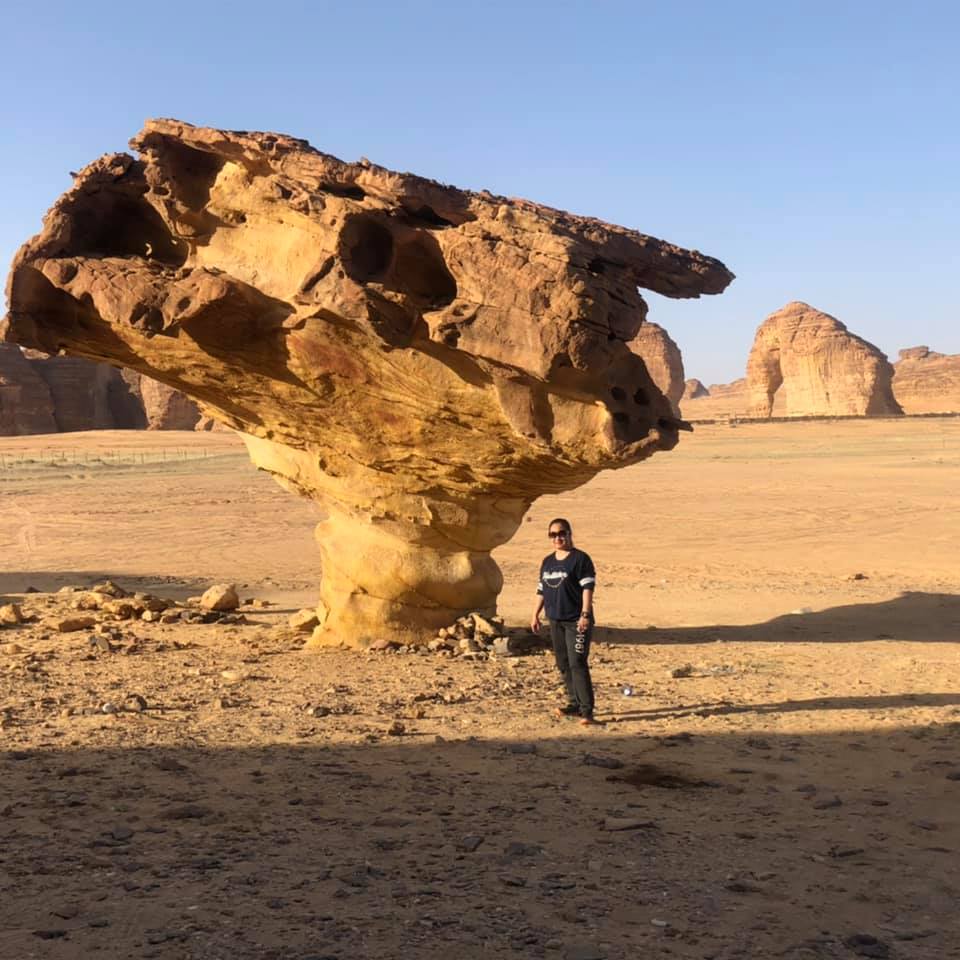
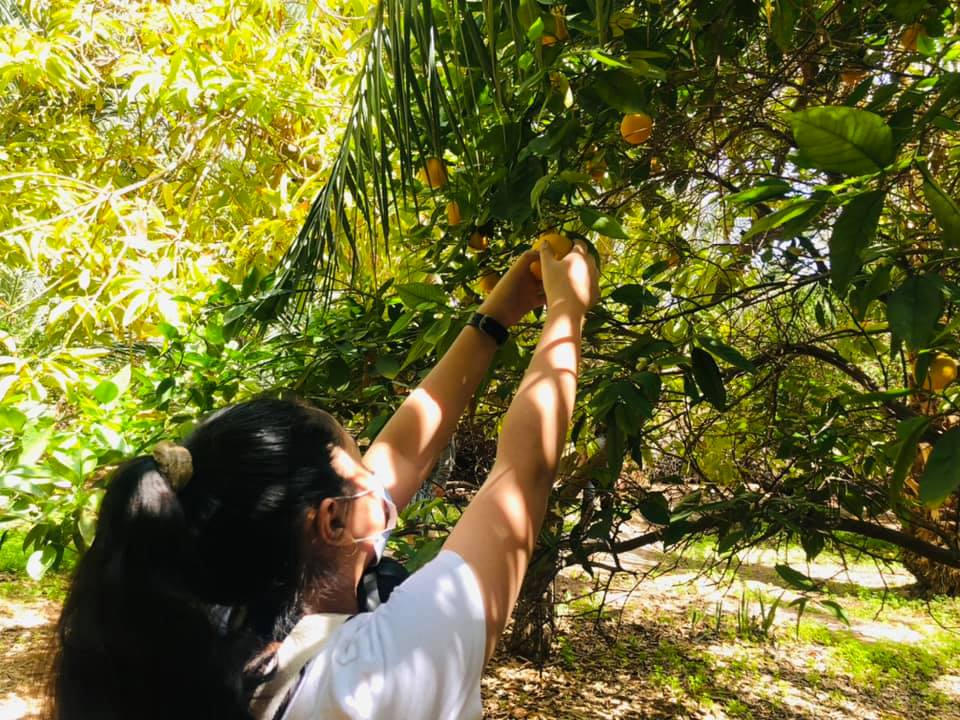
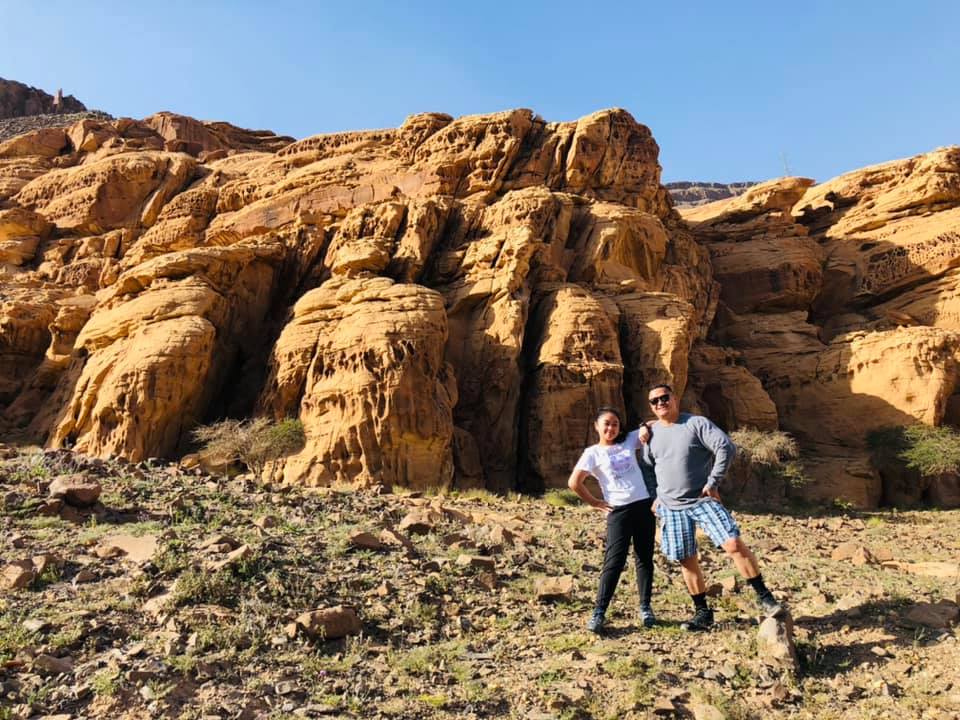
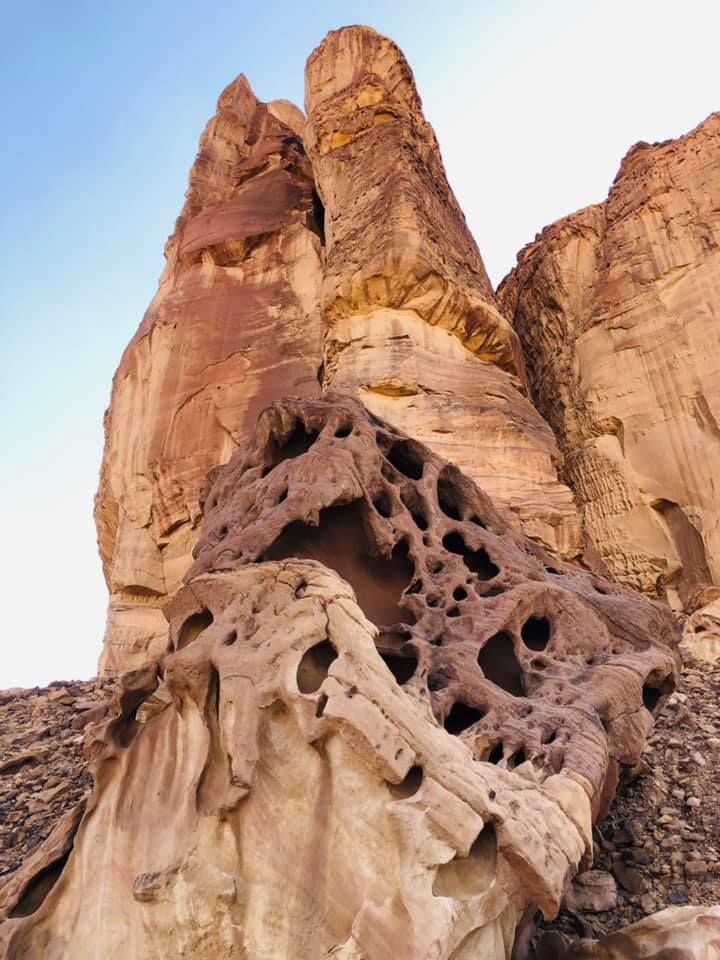
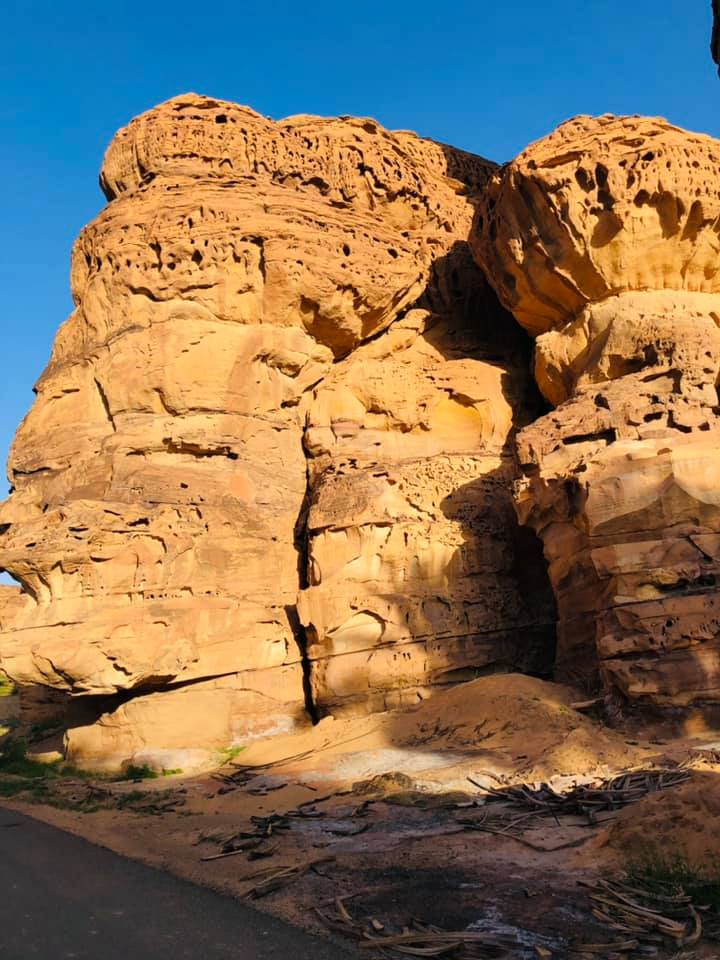
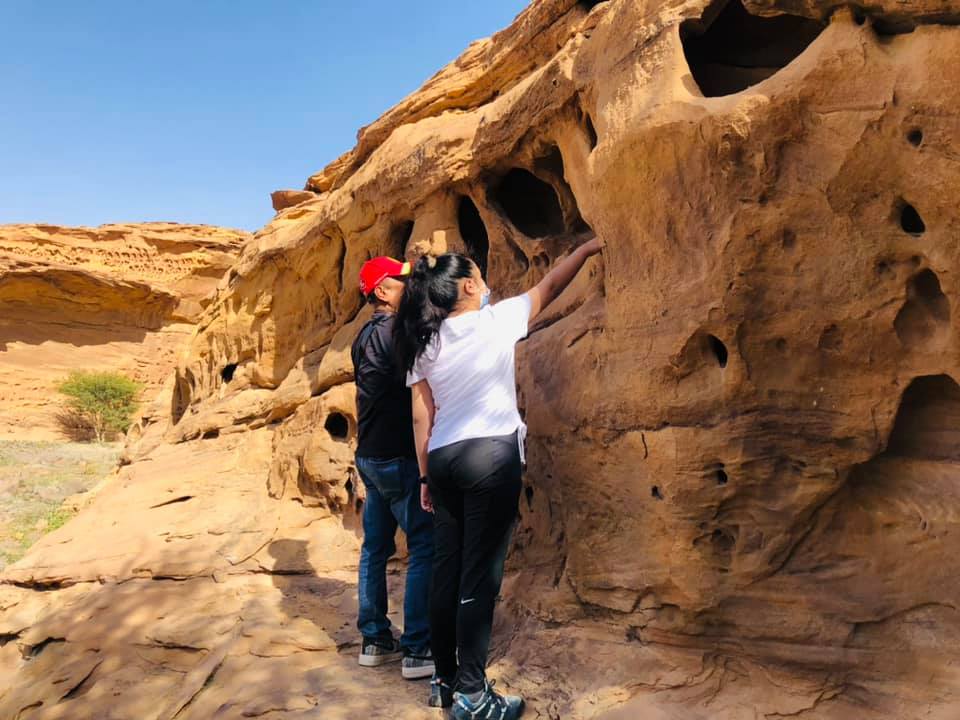
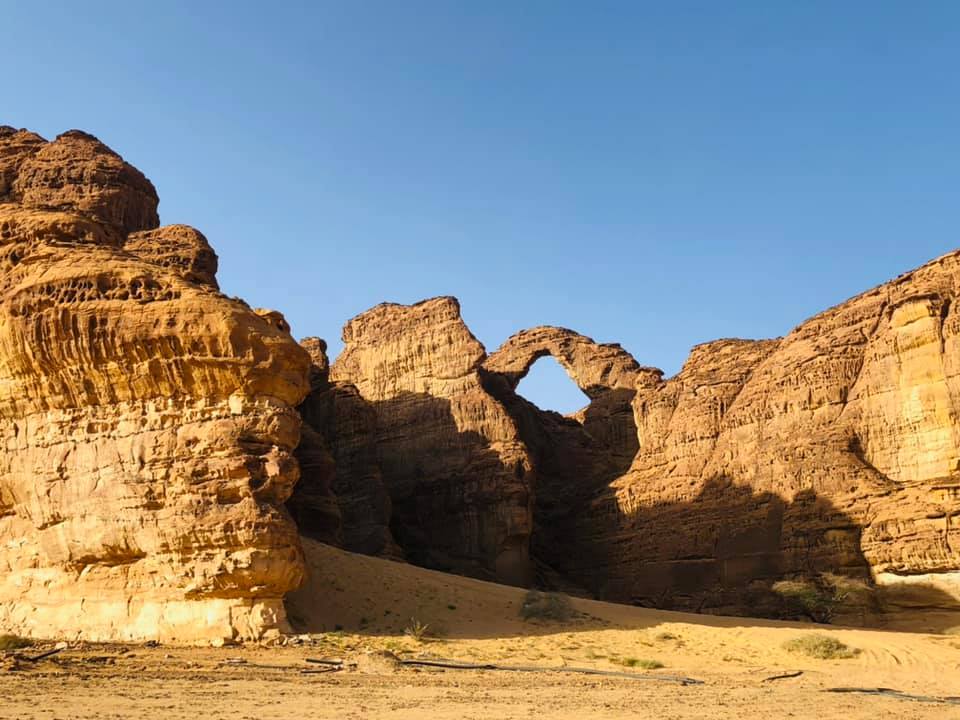
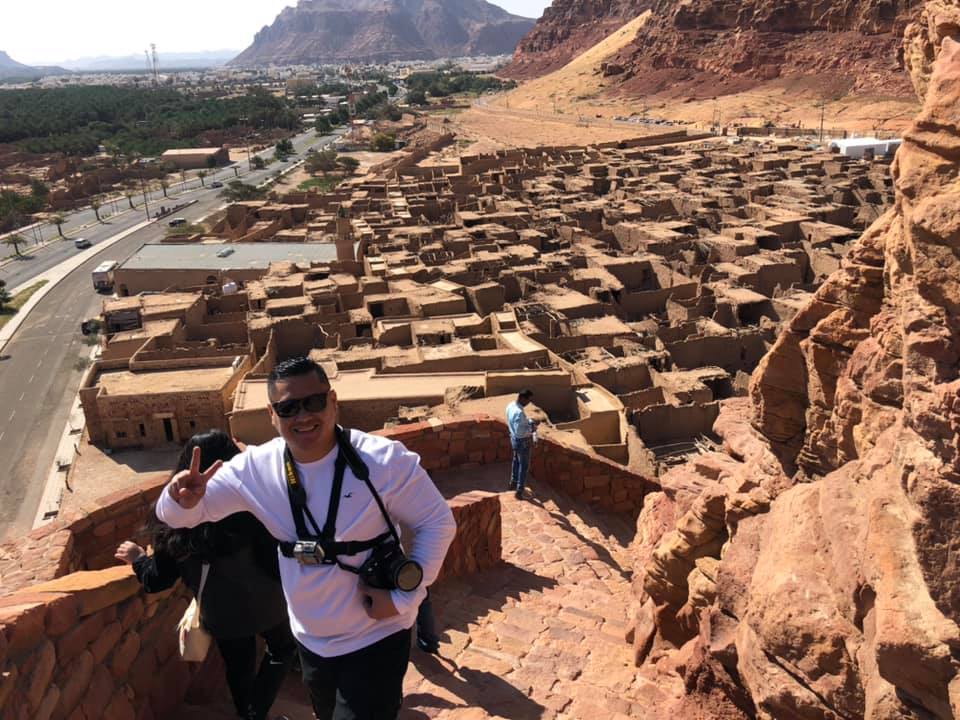
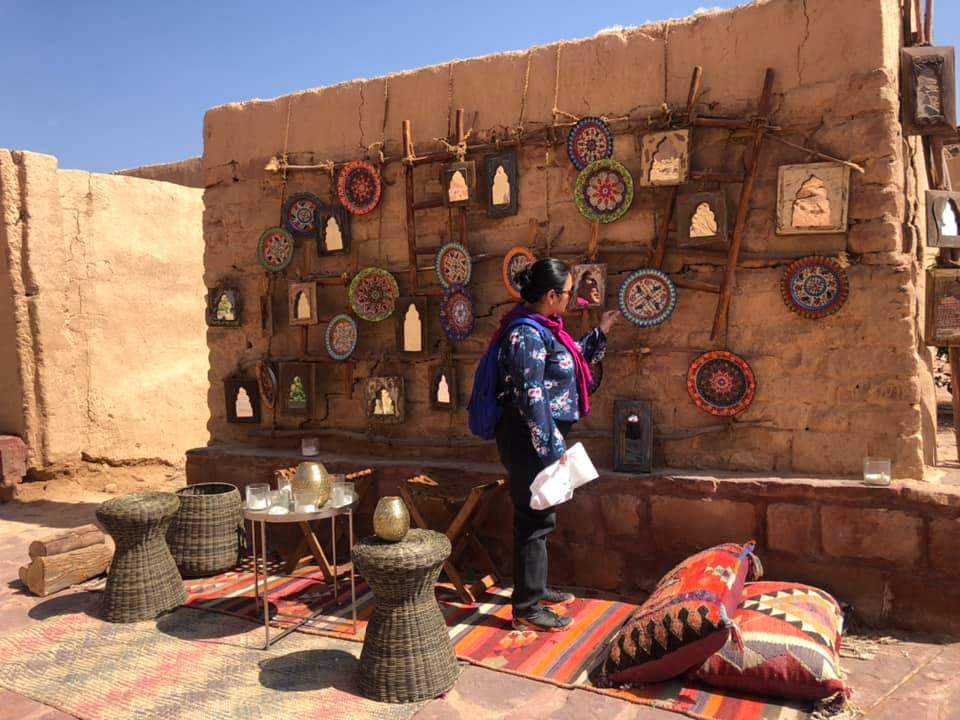
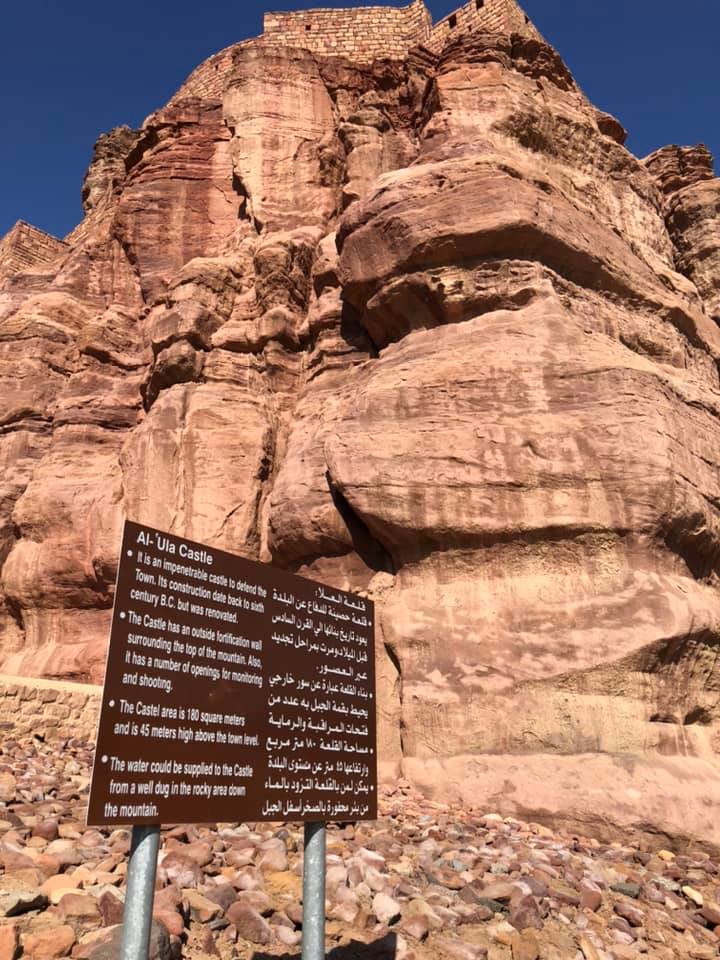
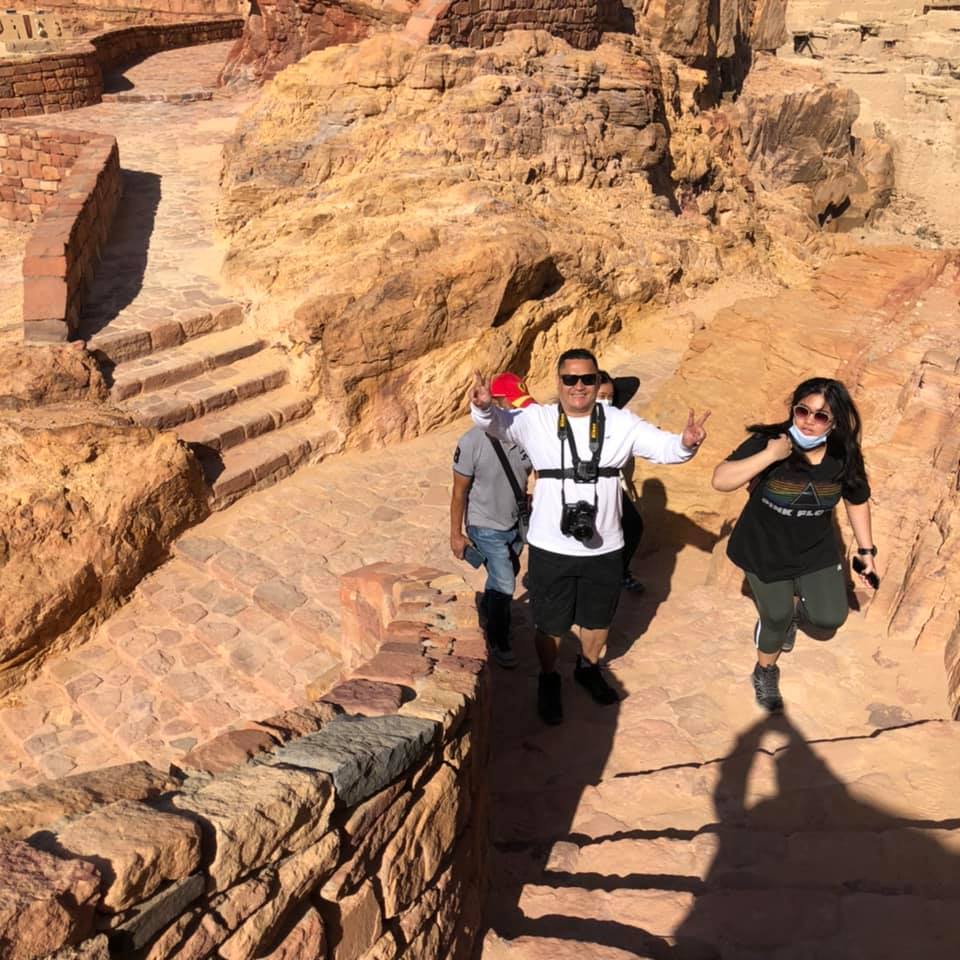
 RSS Feed
RSS Feed
